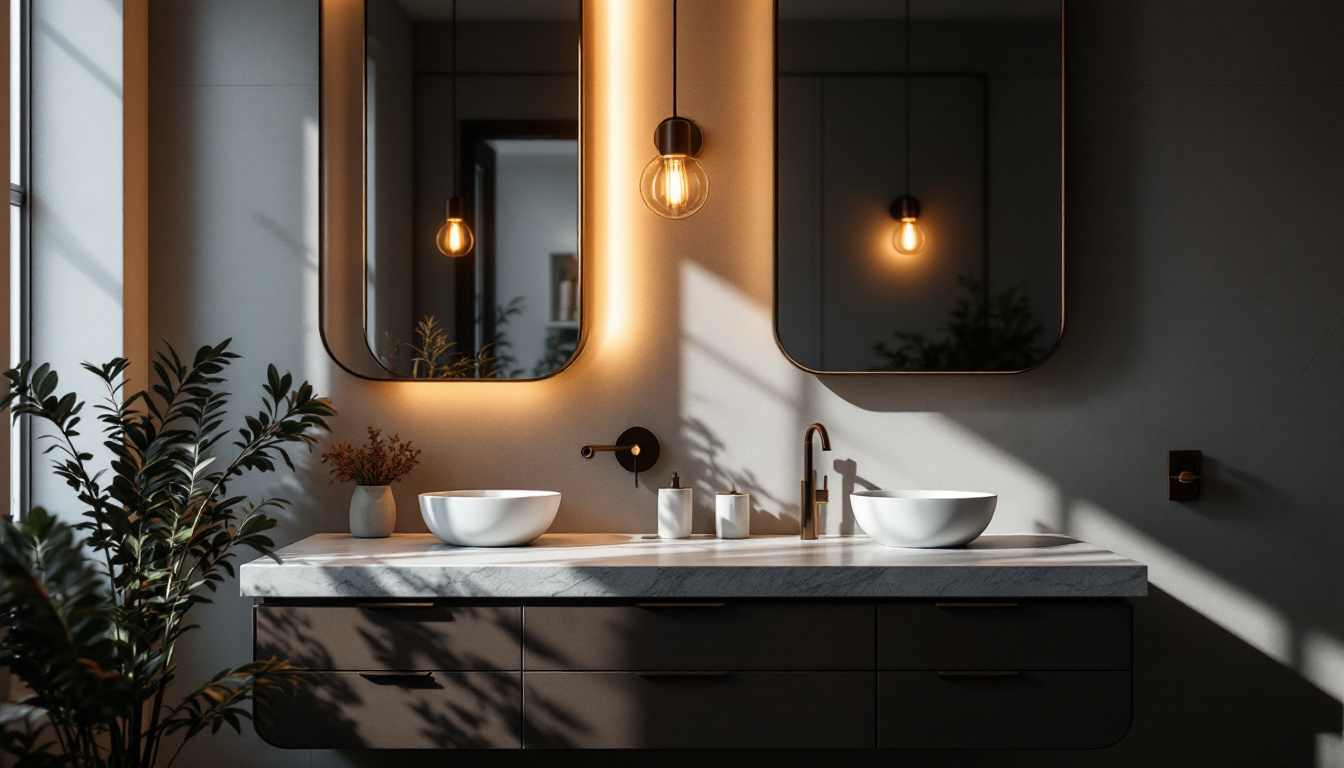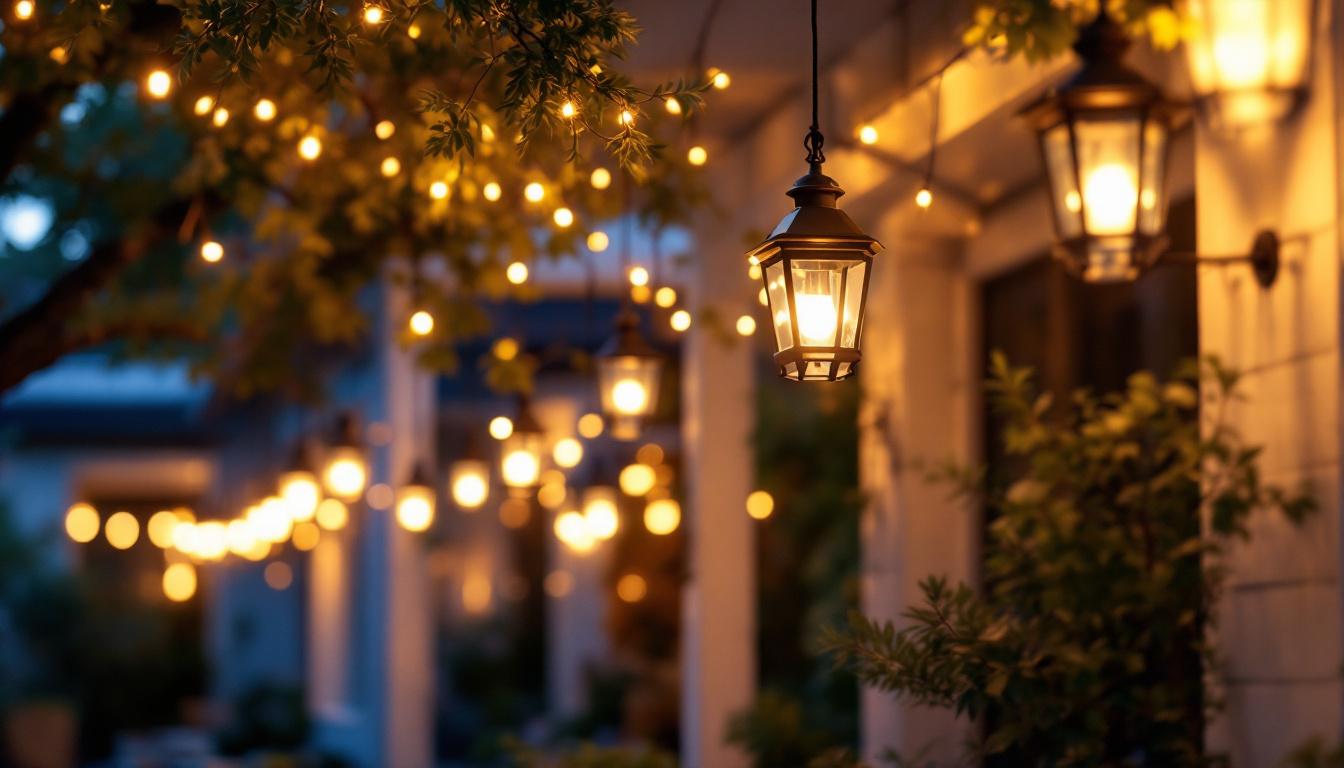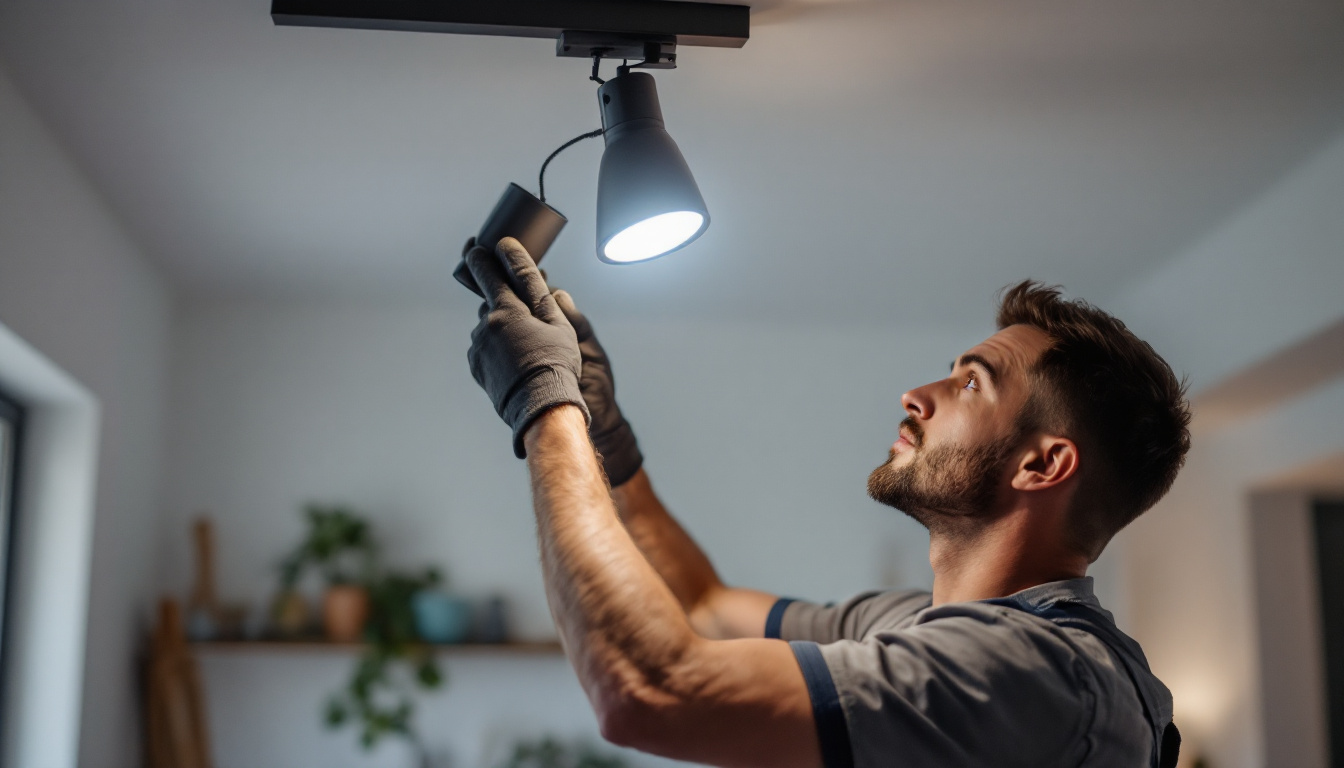
Lighting For Bathroom Vanity: vs. Alternatives, What Lighting Contractors Should Choose
When it comes to designing a bathroom, lighting is a crucial element that can significantly impact both functionality and aesthetics. For lighting contractors, understanding the various options available for bathroom vanity lighting is essential. This article delves into the different types of lighting solutions, their benefits, and considerations, helping contractors make informed decisions for their clients.
Bathroom vanity lighting serves multiple purposes, from illuminating the space for grooming tasks to enhancing the overall ambiance of the room. A well-lit vanity area can make a significant difference in the user experience, especially during morning routines or evening relaxation. The right lighting can also set the mood for the entire bathroom, transforming it into a sanctuary for self-care and rejuvenation.
Typically, vanity lighting is positioned above or alongside mirrors, providing even light distribution that minimizes shadows. This is particularly important for tasks like shaving or applying makeup, where clarity is essential. The choice of light color and intensity can also influence how colors appear, making it crucial to select bulbs that replicate natural daylight for the best results.
There are several types of lighting options available for bathroom vanities, each with its unique characteristics and benefits. Understanding these options can guide contractors in selecting the best fit for their projects. Factors such as the size of the bathroom, the style of the vanity, and the preferences of the homeowner can all play a role in determining the most effective lighting solution.
Wall-mounted fixtures are a popular choice for bathroom vanities, as they can be installed directly next to or above the mirror. These fixtures come in various styles, from traditional sconces to modern LED strips, allowing for flexibility in design. They can also be adjusted in height to suit different users, ensuring that everyone can benefit from optimal lighting.
One of the advantages of wall-mounted fixtures is their ability to provide focused light where it is needed most. Placing lights on either side of the mirror can help eliminate shadows, making it easier to see details during grooming tasks. Additionally, these fixtures can serve as decorative elements, contributing to the overall aesthetic of the bathroom while providing functional illumination.
recessed lighting is another option that offers a sleek and unobtrusive look. Installed into the ceiling, recessed lights can provide ambient lighting that fills the entire bathroom space. When strategically placed above the vanity, they can enhance visibility without overwhelming the area. This type of lighting is particularly beneficial in smaller bathrooms, where space is limited and a clean, minimalist design is desired.
However, it is important to consider that recessed lighting alone may not provide sufficient task lighting for the vanity. Combining recessed lights with other fixtures can create a balanced lighting scheme. For instance, using dimmable recessed lights alongside wall-mounted sconces allows users to adjust the brightness according to their needs, whether they are preparing for a busy day or unwinding after work.
LED strip lighting has gained popularity in recent years due to its versatility and energy efficiency. These strips can be installed under cabinets, around mirrors, or along shelves, providing a soft glow that adds depth and dimension to the vanity area. The ability to create custom shapes and lengths makes LED strips an ideal choice for unique vanity designs, allowing for creative installations that enhance the overall look of the space.
Moreover, LED strip lights are available in various color temperatures, allowing contractors to customize the ambiance according to client preferences. This flexibility makes them an attractive option for modern bathroom designs. Additionally, many LED strips come with smart technology features, enabling users to control the lighting through mobile apps or voice commands, adding a layer of convenience to their daily routines. The integration of smart lighting can also improve energy efficiency, as users can easily turn off lights that are not in use, further enhancing the sustainability of bathroom designs.
When evaluating different lighting options for bathroom vanities, several factors should be considered, including brightness, style, energy efficiency, and installation requirements. Each type of lighting has its strengths and weaknesses, making it essential to choose the right combination for the specific needs of the space.
Brightness is a critical factor in bathroom vanity lighting. The ideal brightness level often depends on the size of the bathroom and the specific tasks being performed. Generally, a brightness level of 100 to 200 lumens per square foot is recommended for bathroom areas.
Color temperature is another important consideration. Warmer tones (2700K to 3000K) create a cozy atmosphere, while cooler tones (3500K to 4100K) can enhance clarity and detail, making them suitable for grooming tasks. Contractors should discuss these options with their clients to determine the best fit for their preferences.
The style of the lighting fixtures should complement the overall design of the bathroom. For instance, a modern bathroom may benefit from sleek, minimalist fixtures, while a more traditional space might call for ornate sconces or vintage-inspired designs.
Contractors should also consider the finish of the fixtures, as this can impact the overall look. Chrome, brushed nickel, and oil-rubbed bronze are popular finishes that can enhance the aesthetic appeal of the vanity area.
With increasing awareness of energy consumption, many clients are looking for sustainable lighting solutions. LED fixtures are an excellent choice for bathroom vanities, as they consume significantly less energy than traditional incandescent bulbs and have a longer lifespan.
By recommending energy-efficient options, contractors can help clients save on electricity bills while also contributing to a more sustainable environment. This consideration can be a selling point for contractors looking to differentiate themselves in a competitive market.
Proper installation is crucial for ensuring that bathroom vanity lighting functions effectively and safely. Lighting contractors should be aware of the specific requirements and best practices for installing different types of fixtures.
Before installation, it is essential to assess the electrical requirements for the chosen lighting fixtures. This includes checking the wattage, voltage, and compatibility with existing electrical systems. Ensuring that the electrical setup can handle the load is vital for preventing issues down the line.
Additionally, contractors should be familiar with local building codes and regulations regarding bathroom lighting. Compliance with these codes is necessary for safety and can help avoid potential legal issues.
The placement and height of lighting fixtures can significantly influence their effectiveness. For wall-mounted fixtures, a common recommendation is to install them at eye level, which typically ranges from 60 to 66 inches above the floor. This height helps ensure that the light is directed where it is needed most.
For recessed lighting, contractors should consider the spacing and positioning to achieve optimal coverage. A general guideline is to space recessed lights approximately 4 to 6 feet apart, depending on the size and layout of the bathroom.
To achieve a well-balanced lighting scheme, combining different types of lighting is often the best approach. For example, pairing wall-mounted fixtures with recessed lighting can provide both task and ambient lighting, creating a versatile and functional space.
Contractors should encourage clients to think about their specific needs and preferences when designing the lighting layout. A comprehensive lighting plan can enhance the overall experience and functionality of the bathroom.
The world of lighting design is constantly evolving, with new trends emerging that reflect changing tastes and technological advancements. Staying informed about these trends can help contractors offer contemporary solutions that resonate with clients.
Smart lighting is becoming increasingly popular in residential settings, including bathrooms. These systems allow users to control lighting through mobile apps or voice commands, offering convenience and flexibility.
Contractors should consider recommending smart lighting options for bathroom vanities, as they can enhance the user experience. Features such as adjustable brightness and color temperature can be particularly appealing to clients looking for customizable solutions.
In recent years, vintage and industrial lighting styles have gained traction in bathroom design. Fixtures that feature exposed bulbs, rustic finishes, and retro designs can add character and charm to the vanity area.
Contractors can leverage this trend by incorporating such styles into their lighting recommendations, appealing to clients who appreciate a unique and personalized touch in their bathrooms.
On the other end of the spectrum, minimalist and sleek designs continue to be favored in modern bathrooms. Simple, clean lines and understated fixtures can create a sophisticated and uncluttered look.
Contractors should be prepared to offer a range of options that cater to both traditional and contemporary tastes, ensuring that clients can find the perfect fit for their vision.
Choosing the right lighting for bathroom vanities is a vital aspect of creating functional and inviting spaces. Lighting contractors play a crucial role in guiding clients through the various options available, helping them make informed decisions based on their needs and preferences.
By understanding the different types of lighting, comparing their benefits, and considering installation requirements, contractors can provide tailored solutions that enhance the overall bathroom experience. Staying updated on trends and innovations in lighting design will further empower contractors to deliver exceptional results for their clients.
Ultimately, the goal is to create a well-lit, aesthetically pleasing bathroom that meets the practical needs of users. With the right approach to bathroom vanity lighting, contractors can elevate their projects and ensure client satisfaction.
Ready to take your bathroom vanity lighting projects to the next level? Choose LumenWholesale for an unbeatable combination of quality, affordability, and convenience. Our spec-grade lighting products set the standard for excellence, ensuring you deliver outstanding results to your clients. Say goodbye to middleman markups and hello to superior lighting at wholesale prices, complete with the ease of free shipping for bulk purchases. Elevate your lighting solutions today and discover the best value in wholesale lighting with LumenWholesale.

Discover the pitfalls to avoid when installing exterior hanging lantern lights.

Discover how sourcing the right parts for ceiling fans can revolutionize the workflow of lighting contractors.

Discover the key qualities that distinguish top lighting contractors when it comes to installing track light fixtures.

Discover the essential guide for lighting contractors on selecting the perfect fluorescent light ballast.